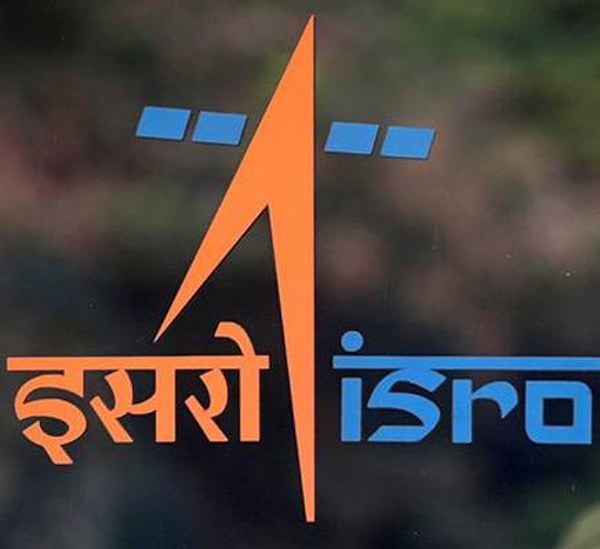BENGALURU: Among things in Isro’s pipeline this year, the space agency will be splitting up a satellite and then re-uniting it in space. This Space Docking Experiment (SPADEX) will be key in realising technologies for future human missions and the proposed space station.
While the technology Isro is aiming to eventually have is one that will allow it to transfer humans from one vehicle or spacecraft to another, the immediate goal is to enable refuelling of spacecraft to give them a longer life and also transfer other crucial systems to an existing spacecraft, by transporting another to space.
Confirming this to TOI, Isro chairman K Sivan, said: “The satellite we will launch will have two components. It will be separated into two pieces and then they will get docked into a single piece. This single unit will then function as a full-fledged satellite. This is a very crucial technology.”
A successful SPADEX experiment will also give Isro data on space rendezvous technology — capabilities wherein two spacecraft can find each other and remain in the same orbit — advancements in which are critical if India wants to have its own space station built in the future.
“The space station is a long-term project. We are working on it, but the immediate focus is on big missions like Chandrayaan-3, Aditya-L1, Gaganyaan, and other satellite launches,” Sivan said. The SPADEX project has so far received Rs 10 crore, but Isro will need more money in the future.
The challenges of the experiment would be that docking has to be automatic and many of the functions thereon will have to be robotic. There is also the challenge of managing the speeds of each of the crafts (or two units in this case) when they near each other and to then dock one vehicle in a manner that it doesn’t crash or collide into each other.
The Vikram Sarabhai Space Centre (VSSC) is working on rendezvous and docking. “To achieve docking during the final phase of the mission, the relative position and velocity of the target spacecraft and chaser spacecraft has to be brought to zero. To ensure proper alignment of the docking port, the relative angular orientation needs to be precisely aligned,” an Isro document reads.
This technology will be a forerunner to future planetary missions including crew transfer, international participation et al, the document added.
“The satellite will be ready by mid-year but then we have a lot of tests to be done. The experimental launch may happen towards the end of this year,” Sivan added.
Isro has already worked on several systems like signal analysis equipment, high-precision videometer for navigation, docking system electronics and real-time decision making for landing systems, all of which will be used in this experimental flight.
Source: ToI
You may also like
-
New Heat-Based Approach To Cancer Treatment Can Reduce Chemotherapy Doses
-
Scientists Take A Major Step Towards Unification Of Classical & Quantum Gravity
-
India Graphene Engineering and Innovation Centre (IGEIC) Under the Vision of Viksit Bharat@2047 Launched
-
New High-Performance Gas Sensor can Monitor Low Level Nitrogen Oxides Pollution
-
Antidepressant Drug can be Repurposed for Treating Breast Cancer
